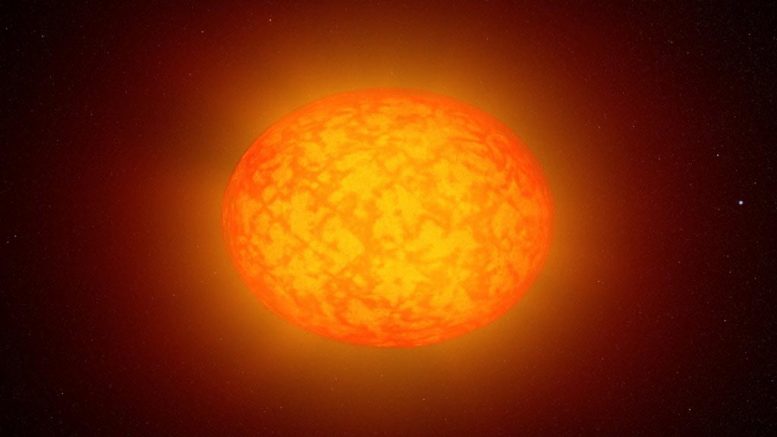
Meet the stars that spin so quickly they squash themselves into the shape of a pumpkin. Credit: NASA’s Scientific Visualization Studio, NASA’s Goddard Space Flight Center
What happens when a star spins really rapidly? Its spherical shape can squash into the shape of a pumpkin. The rapid rotation is thought to be caused by the merging of two binary stars into one.
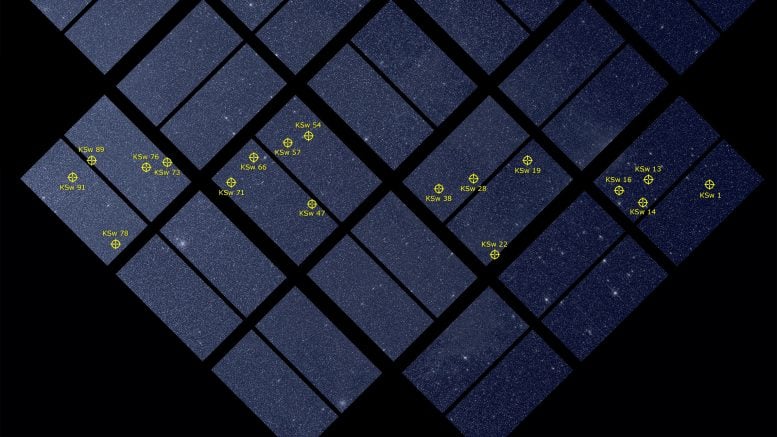
Eighteen Pumpkin Stars were found in Kepler’s field of view. Credit: NASA’s Scientific Visualization Studio, NASA’s Goddard Space Flight Center
Astronomers using observations from NASA’s Kepler and Swift missions discovered a batch of 18 of these rapidly spinning stars by detecting X-rays they produce at more than 100 times the peak levels ever seen from the Sun.
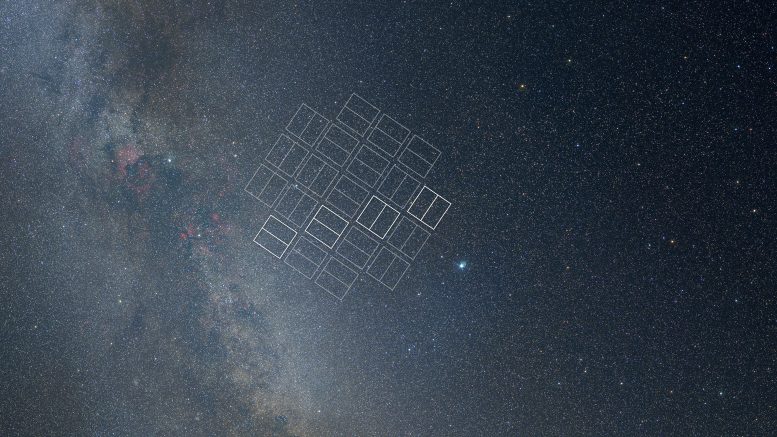
This image highlights the KSwAGS fields studied by Swift in an outline of the original Kepler field superimposed on the starry sky. The outline shows the positions of paired CCD modules on the Kepler focal plane. The field occupies about 100 square degrees comprising parts of the constellations Cygnus and Lyra. Deneb, the brightest star in Cygnus, can be seen at left near the reddish glow of the North America Nebula. Vega, the brightest star in Lyra, lies below and to the right of the Kepler field. Credit: NASA Goddard Space Flight Center and Axel Mellinger, Central Michigan University. Credit: NASA’s Scientific Visualization Studio, NASA’s Goddard Space Flight Center
These rare stars were found as part of an X-ray survey of the original Kepler field of view, a patch of the sky comprising parts of the constellations Cygnus and Lyra. From May 2009 to May 2013, Kepler measured the brightness of more than 150,000 stars in this region to detect the regular dimming from planets passing in front of their host stars.
These stars rotate every few days, while our own Sun takes an entire month to complete one rotation, and the rapid spinning drives increased levels of stellar activity such as starspots, flares and prominences, which generate X-rays.
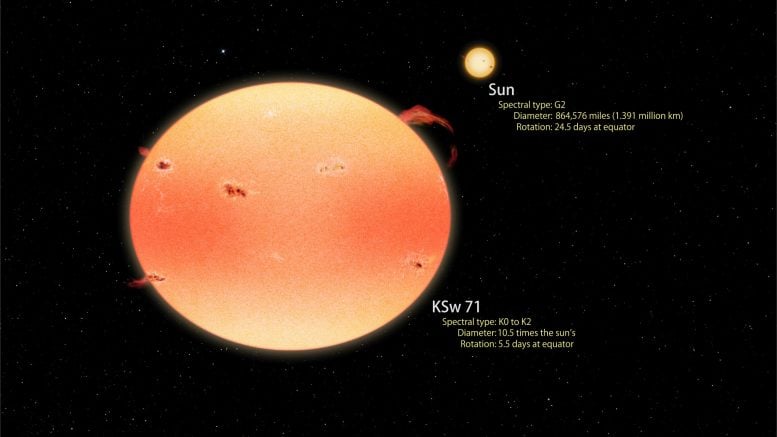
KSw 71 is the most extreme Pumpkin Star. It is larger, cooler and redder than our Sun, and rotates four times as fast. Credit: NASA’s Scientific Visualization Studio, NASA’s Goddard Space Flight Center
The most intense X-ray emission comes from an orange giant named KSw 71. This red giant is more than 10 times larger than our sun, and it rotates fully in just 5.5 days. Watch the video above to learn more.
The illustration above shows two sun-like stars born together in a close binary system, thought to be the first step toward forming a star like KSw 71.
In this next artist’s concept, the more massive star in a close binary system has begun to deplete its core fuel supply. The star has enlarged in response and now physically contacts its companion. These stars will merge together.
In this next illustration, the merging process is nearly complete. Gas ejected from the equatorial region of the combined star forms an excretion disk around it. The disk dissipates over the next 100 million years, leaving behind a very active, rapidly spinning solitary star.
Finally, you get this artist’s concept animation of a star similar to KSw 71, where the excretion disk has fully dissipated.

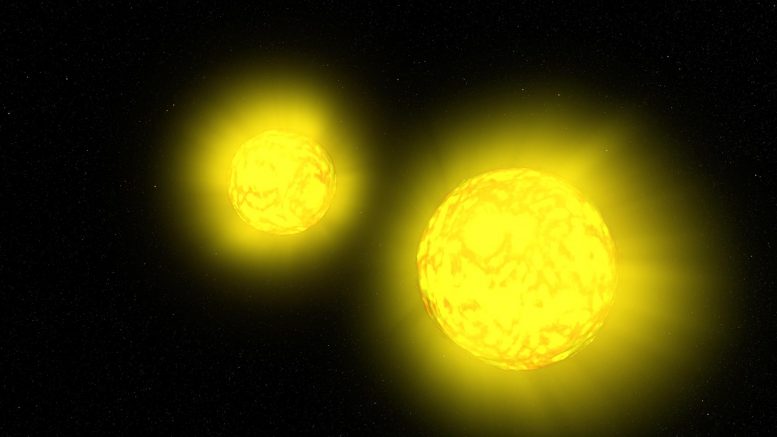
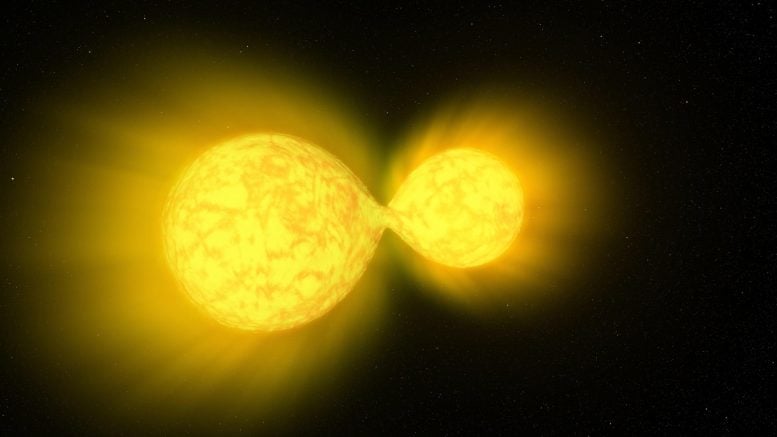
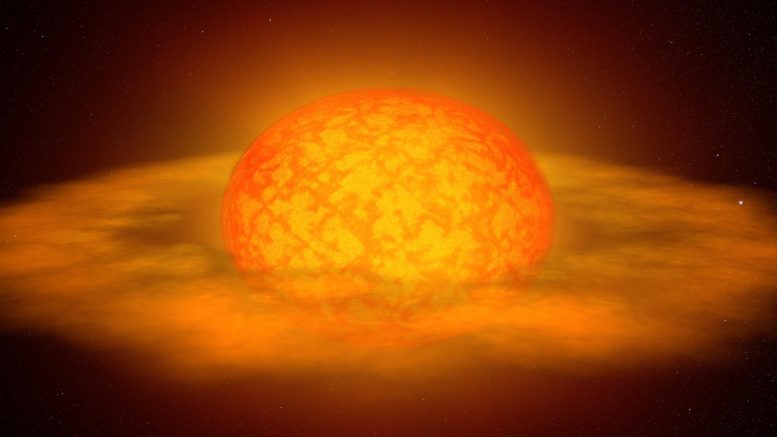
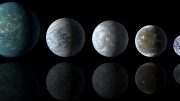
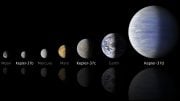
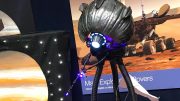

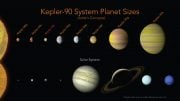
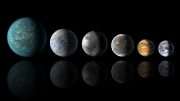
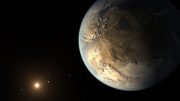
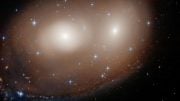
Be the first to comment on "Pumpkin Stars – Stars Spin So Quickly They Squash Into a Pumpkin Shape"